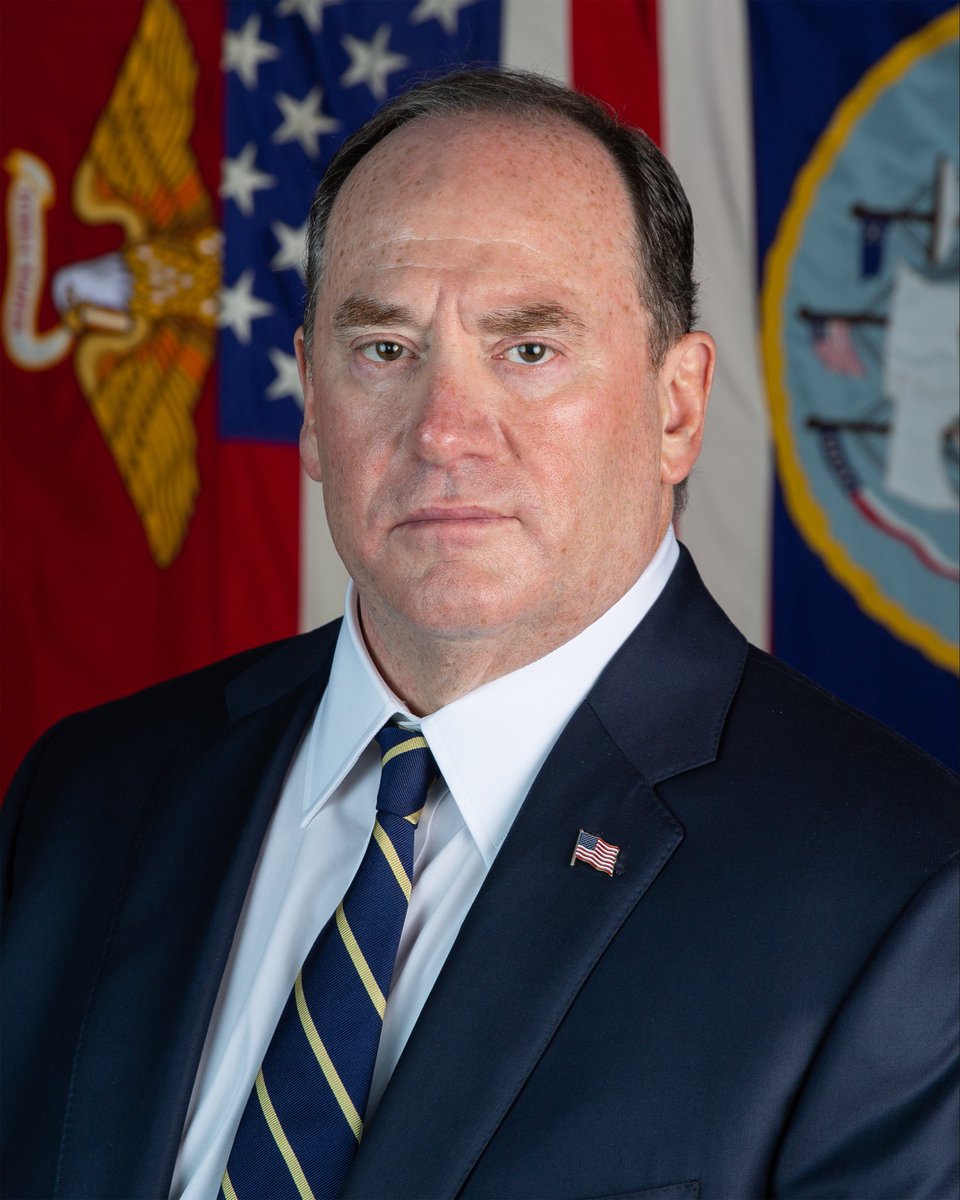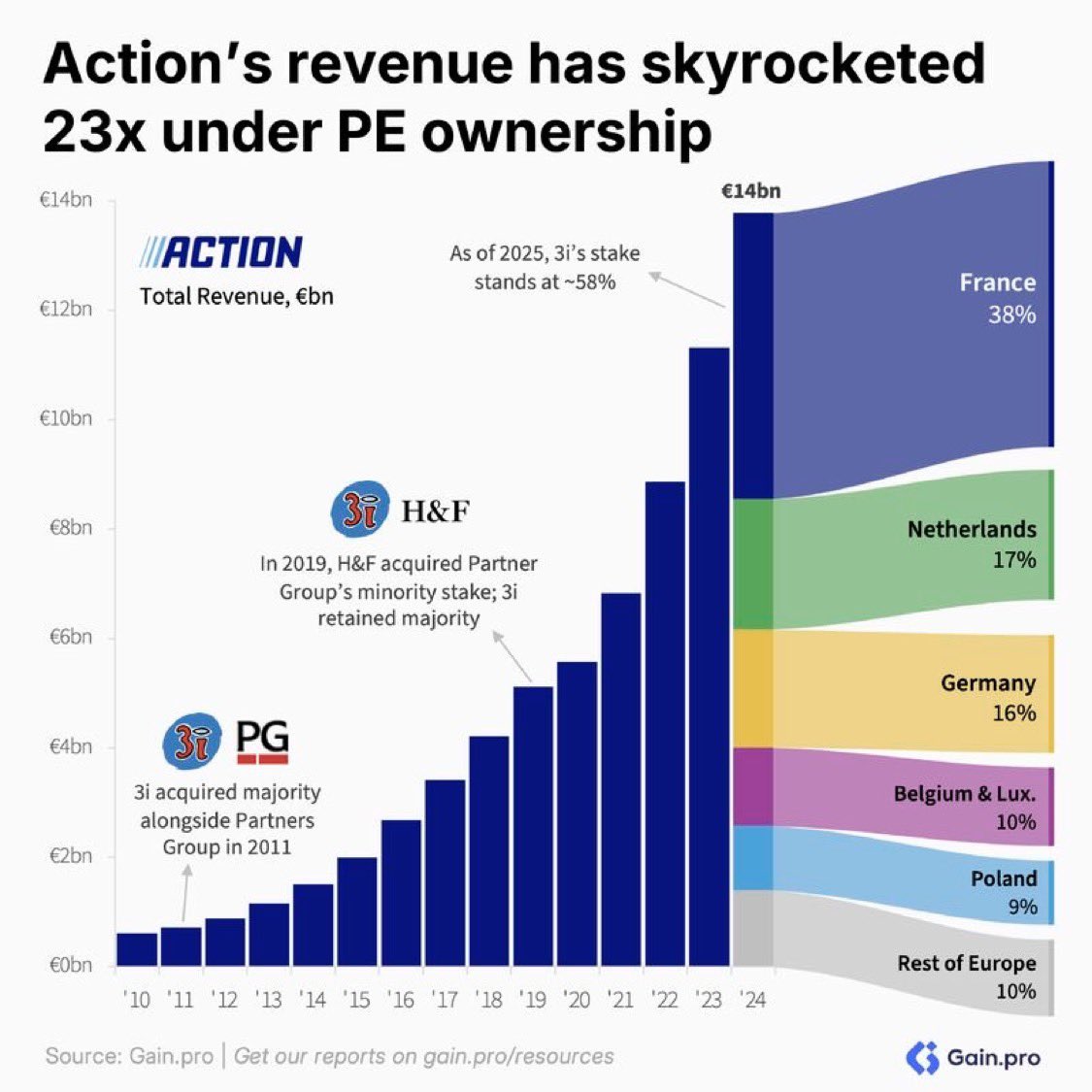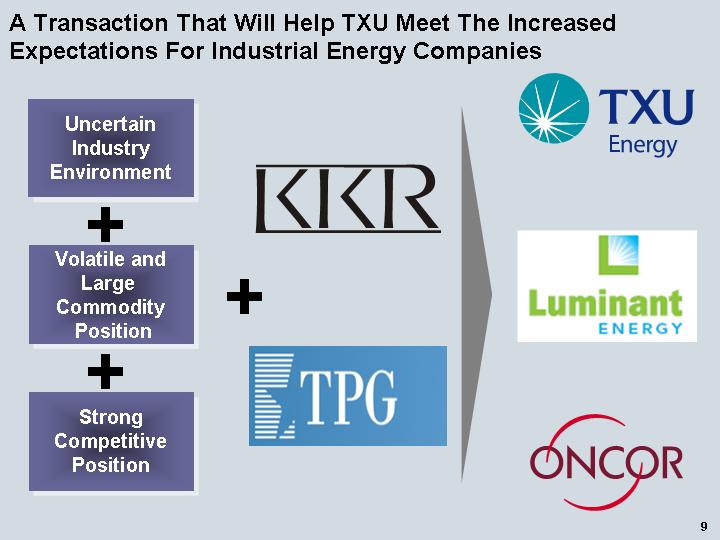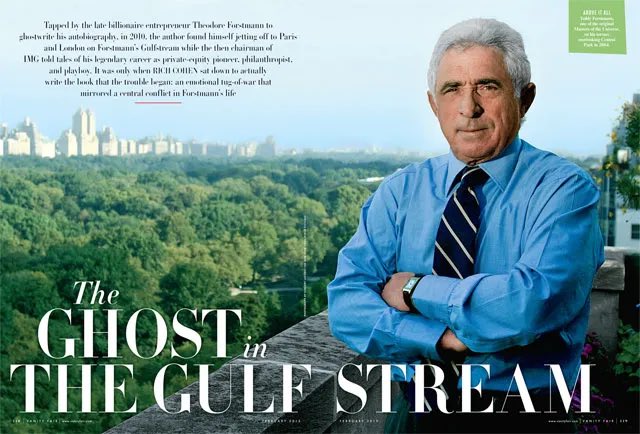Blackstone is putting BILLIONS into the most disruptive shift of our lifetime
The Energy Transition
The Playbook⬇️
The Energy Transition
The Playbook⬇️
We’re in the middle of a once-in-a-century shake-up:
Data centers + AI are sucking power like never before.
EVs & electrification are stressing old grids.
Governments are throwing money at decarbonization.
It’s chaotic, expensive, and full of opportunity
Data centers + AI are sucking power like never before.
EVs & electrification are stressing old grids.
Governments are throwing money at decarbonization.
It’s chaotic, expensive, and full of opportunity
How Blackstone plays it
David Foley (head of BETP) runs it with 3 simple rules:
1. Back the best people → If management isn’t A+, they fix it.
2. Stay in control → Board seats, staged funding, tight governance.
3. Be flexible → Markets change fast. They pivot themes as shocks hit (think AI power demand exploding overnight)
David Foley (head of BETP) runs it with 3 simple rules:
1. Back the best people → If management isn’t A+, they fix it.
2. Stay in control → Board seats, staged funding, tight governance.
3. Be flexible → Markets change fast. They pivot themes as shocks hit (think AI power demand exploding overnight)
Where they invest
BETP IV ($5.6B) spreads across the energy system:
Software → Energy Exemplar (models electricity markets).
Hardware → Power Grid Components, Trystar, Sediver.
Infrastructure → Champlain Hudson (NYC transmission), Potomac hydrogen-ready plant.
Services → Shermco (grid maintenance), Legence, Geosyntec.
BETP IV ($5.6B) spreads across the energy system:
Software → Energy Exemplar (models electricity markets).
Hardware → Power Grid Components, Trystar, Sediver.
Infrastructure → Champlain Hudson (NYC transmission), Potomac hydrogen-ready plant.
Services → Shermco (grid maintenance), Legence, Geosyntec.
Deals that show the playbook
Energy Exemplar (2024)
SaaS that lets utilities simulate the grid.
Critical for renewables-heavy markets. ARR is scaling globally.
Power Grid Components
The boring-but-vital business: substations, safety gear. You can’t run EV chargers or AI data centers without this stuff.
Champlain Hudson Power Express
A 339-mile clean power line from Quebec to NYC. Delivers ~20% of NYC’s daily demand.
Blackstone wrangled financing, politics, and engineering to make it happen.
Shermco ($1.6B, 2025)
They test and maintain grid infrastructure. As assets age, this becomes mission-critical.
Blackstone is adding AI diagnostics + rollups to scale it.
Energy Exemplar (2024)
SaaS that lets utilities simulate the grid.
Critical for renewables-heavy markets. ARR is scaling globally.
Power Grid Components
The boring-but-vital business: substations, safety gear. You can’t run EV chargers or AI data centers without this stuff.
Champlain Hudson Power Express
A 339-mile clean power line from Quebec to NYC. Delivers ~20% of NYC’s daily demand.
Blackstone wrangled financing, politics, and engineering to make it happen.
Shermco ($1.6B, 2025)
They test and maintain grid infrastructure. As assets age, this becomes mission-critical.
Blackstone is adding AI diagnostics + rollups to scale it.
The energy transition is the biggest reshuffle in decades
By building entire ecosystem from software to steel, Blackstone is making sure they’re on the winning side.
Blackstone’s strategy is simple: diversify across the grid, stay flexible, and back operators who can execute.
By building entire ecosystem from software to steel, Blackstone is making sure they’re on the winning side.
Blackstone’s strategy is simple: diversify across the grid, stay flexible, and back operators who can execute.
• • •
Missing some Tweet in this thread? You can try to
force a refresh












